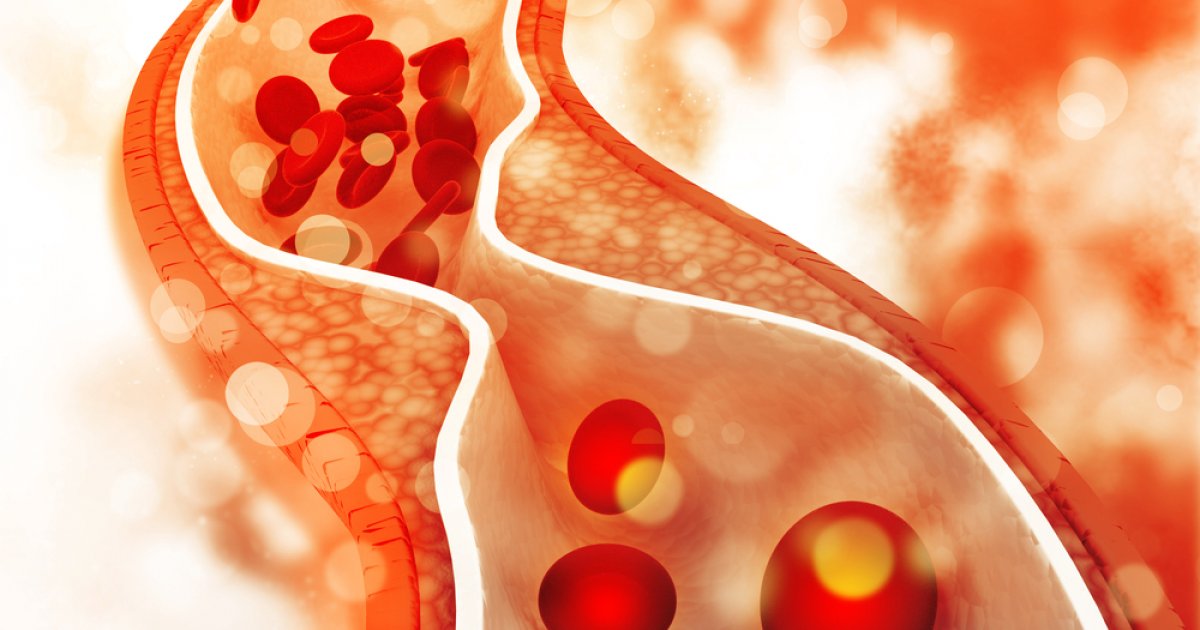The Main Differences Between Angina Attacks & Heart Attacks
What Causes A Heart Attack?

A heart attack, also called a myocardial infarction, occurs when the flow of blood to one or more of the coronary arteries becomes blocked due to fat, cholesterol, and other substances that form plaque and thus clog the arteries. The plaque eventually breaks away from the buildup and forms a clot, which interrupts blood flow through the arteries and leads to damage to parts of the heart muscle. A coronary artery can narrow from the buildup of multiple substances, such as cholesterol, which results in coronary artery disease, the most common cause of a heart attack.
During a heart attack, one of these plaques may rupture and spill cholesterol into the bloodstream, where a blood clot forms at the site of the rupture. If the blood clot is big enough, it can block the flow of blood through the coronary artery, resulting in the heart starving for oxygen and nutrients. Another cause of a heart attack is a spasm of the coronary artery that stops the flow of blood to a part of the heart.
Angina Usually Strikes During Exertion

A heart attack can strike at any moment, even in individuals who are otherwise generally healthy. If chest pain strikes while someone is resting or not engaged in any physical activity and lasts for a significant amount of time, it could indicate the pain is due to a heart attack. Stable angina usually only occurs when individuals are engaged in physical exercise, strenuous activity, or are experiencing stress, and lasts for approximately five minutes. The pain should go away when the patient is resting. Although it may not be a heart attack, stable angina can also be a clear sign a patient is going to experience a heart attack at some point, and should consult with a doctor if they experience stable angina frequently.
